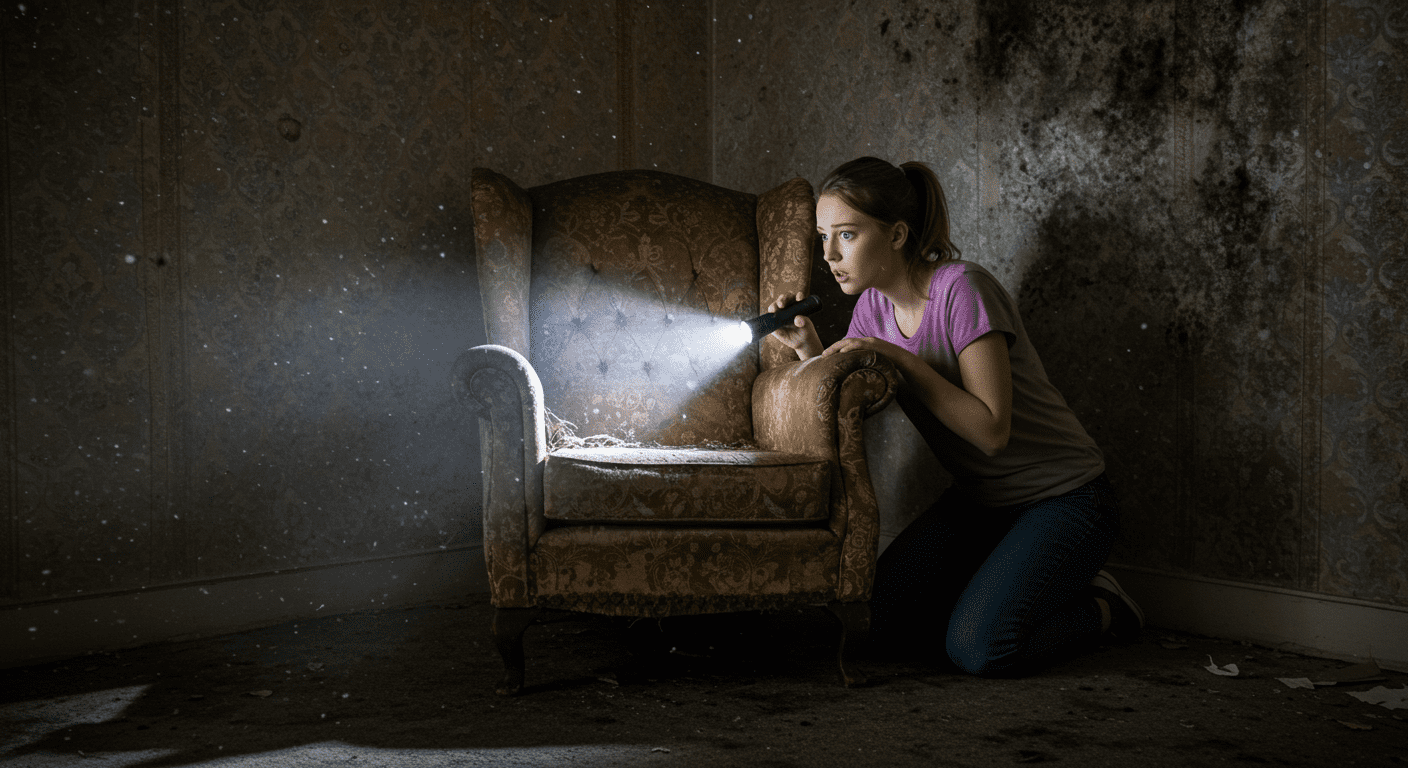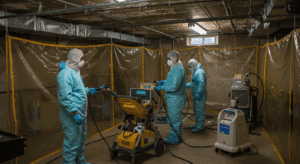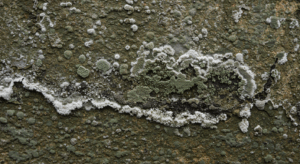Mold is a silent intruder that can wreak havoc on your home and health. For Newark, NJ homeowners, understanding the signs of mold presence is crucial to maintaining a safe and healthy living environment. Mold thrives in damp, humid conditions, and if left unchecked, it can lead to structural damage and serious health issues. In this article, we’ll explore the key signs of mold in your home, how to prevent it, and what steps to take if you discover mold.
Understanding Mold and Its Risks
Overview of Mold Types Commonly Found in Homes
Mold comes in various types, each with its own characteristics and risks. The most common molds found in homes include Aspergillus, Cladosporium, and Stachybotrys (commonly known as black mold). These molds thrive in damp environments such as basements, bathrooms, and kitchens. While some molds are relatively harmless, others can release harmful spores into the air, posing health risks to residents.
Health Risks Associated with Mold Exposure
Exposure to mold can lead to a range of health problems, especially for individuals with allergies, asthma, or weakened immune systems. Symptoms include respiratory issues, skin irritation, and headaches. Prolonged exposure to toxic molds like black mold can result in more severe conditions, such as chronic sinus infections or neurological problems. Protecting your family from these risks begins with identifying and addressing mold issues promptly.
Key Signs of Mold Presence in Your Home
Musty Odors and Their Implications
One of the earliest signs of mold is a persistent musty odor. This smell is often described as earthy or damp and is usually more noticeable in enclosed spaces like closets or basements. If you notice such odors, it’s essential to investigate further, as they often indicate hidden mold growth.
Visible Mold Growth: What to Look For
Mold can appear in various forms, such as black, green, or white spots on walls, ceilings, or furniture. It often starts as small patches but can quickly spread if not addressed. Pay close attention to areas around windows, under sinks, and in corners where moisture tends to accumulate.

Water Damage Indicators: Stains and Moisture
Water damage is a common precursor to mold growth. Look for water stains on ceilings, walls, or floors, as well as peeling paint or wallpaper. Persistent moisture, such as condensation on windows or damp carpets, can also create an ideal environment for mold to thrive. Addressing water damage promptly can help prevent mold from taking hold.
For more tips on managing water damage, check out the Essential Water Damage Restoration Checklist for Sayreville, NJ Homeowners.
Preventing Mold Growth in Your Newark Home
Importance of Humidity Control
Controlling humidity levels is one of the most effective ways to prevent mold growth. Aim to keep indoor humidity below 60%, using dehumidifiers if necessary. Regularly check areas prone to moisture, such as basements and bathrooms, to ensure they remain dry.
Tips for Proper Ventilation and Leak Management
Proper ventilation is key to reducing moisture buildup. Use exhaust fans in bathrooms and kitchens, and ensure your home’s HVAC system is functioning efficiently. Additionally, inspect your home for leaks in roofs, pipes, and windows. Promptly repairing leaks can prevent water from seeping into walls and creating a breeding ground for mold.
Learn more about mold prevention strategies in our guide on Understanding Mold Growth in Hackensack, NJ.
What to Do If You Find Mold
Steps for Safe Mold Removal
If you discover mold in your home, it’s important to act quickly. For small patches, you can use household cleaners like vinegar or baking soda to remove the mold. Always wear protective gear, such as gloves and masks, to avoid direct contact with mold spores. Seal off the affected area to prevent spores from spreading during cleanup.
For a detailed guide on effective mold removal, visit Top Cleaners to Effectively Kill Mold in Clifton, NJ.
When to Call Professionals for Mold Remediation
In cases of extensive mold growth or toxic mold, it’s best to call in professionals. Mold remediation experts have the tools and expertise to safely remove mold and restore your home to a healthy state. They can also identify the root cause of the problem, ensuring that mold doesn’t return.
If you’re in need of professional assistance, consider Expert Safe Mold Removal Services in Hackensack, NJ.
Conclusion
Mold is more than just an unsightly nuisance; it’s a serious threat to your home and health. By recognizing the signs of mold, taking preventive measures, and addressing issues promptly, Newark homeowners can protect their families and properties. Whether it’s controlling humidity, repairing leaks, or seeking professional help, every step counts in keeping your home mold-free. Stay vigilant and proactive to ensure a safe and healthy living environment.



